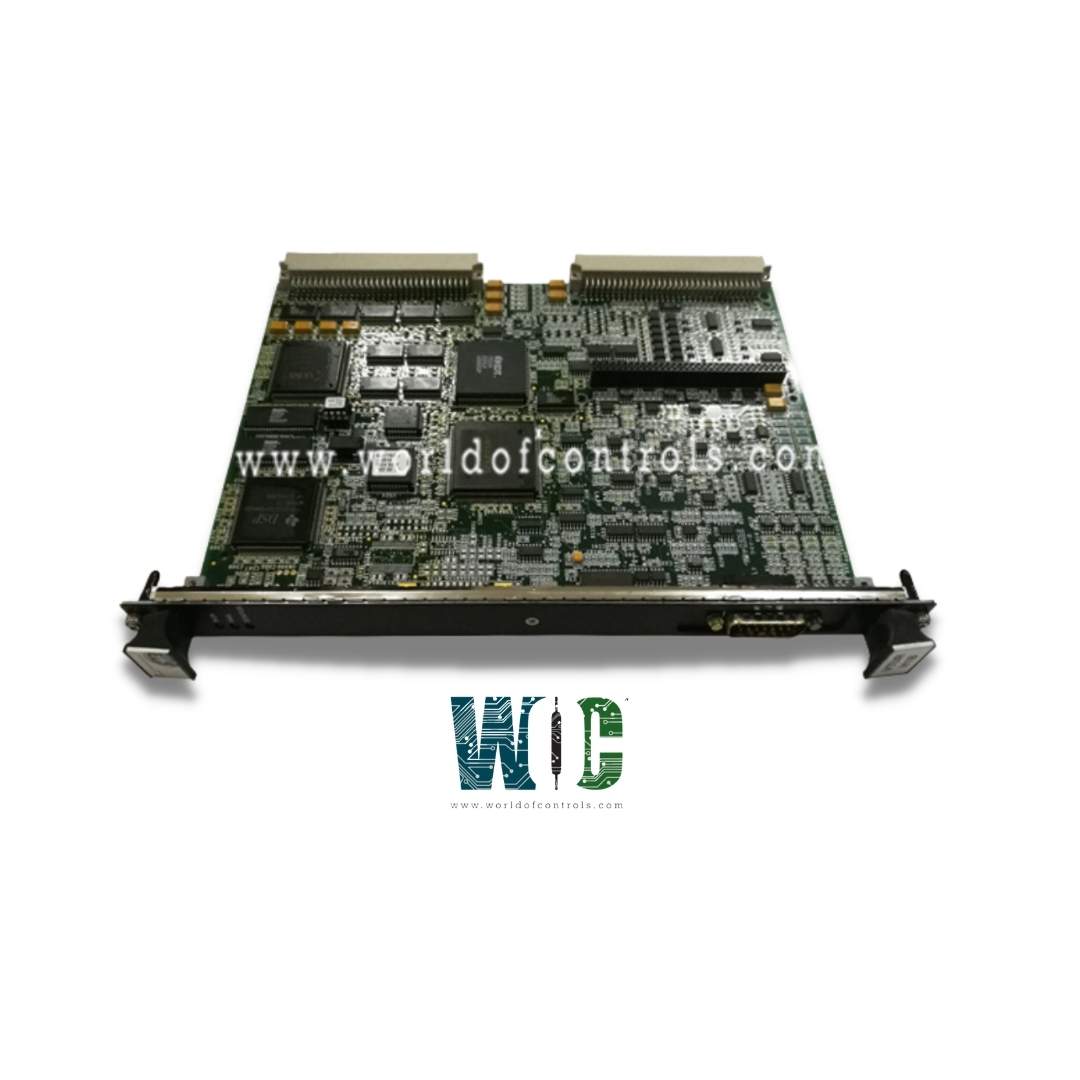
World Of Controls understands the criticality of your requirement and works towards reducing the lead time as much as possible.
IS215VCMIH2A - Bus Master Communication Controller Board is available in stock which ships the same day.
IS215VCMIH2A - Bus Master Communication Controller Board comes in UNUSED as well as REBUILT condition.
To avail our best deals for IS215VCMIH2A - Bus Master Communication Controller Board, contact us and we will get back to you within 24 hours.
SPECIFICATIONS:
Part Number: IS215VCMIH2A
Manufacturer: General Electric
Series: Mark VI
Product Type: Bus Master Communication Controller Board
Board Type: 6U High VME Board
Technology: Surface Mount
Size: 17.8 cm wide x 33.02 cm
Common Mode Voltage Range: ±5 V
Operating temperature: 0 to 65 °C
Memory: Dual port
No.of Analog Voltage Inputs: 6
Repair: 3-7 Day
Weight: 2.00 lbs
Availability: In Stock
Country of Origin: United States
Manual: GEH-6421H
FUNCTIONAL DESCRIPTION:
IS215VCMIH2A is a Bus Master Communication Controller Board manufactured and designed by General Electric as part of the VI Series used in GE Speedtronic Gas Turbine Control Systems. The VCMI board in the control and interface module communicates internally to the I/O boards in its rack, and to the other VCMI cards through the IONet. There are two versions, one with one Ethernet IONet port for simplex systems, and the other with three Ethernet ports for TMR systems. Simplex systems have one control module connected to one or more interface modules using a single cable. The VCMI with three separate IONet ports is used in TMR systems for communication with the three I/O channels Rx, Sx, and Tx, and with the two other control modules. Software Implemented Fault Tolerance (SIFT) voting is implemented in the VCMI board. Input data from each of the IONet connections is voted in each of the R, S, and T VCMI boards. The results are passed to the control signal database in the controllers (labeled UCVx in the diagram) through the backplane VME bus.
In TMR mode, the VCMI voter in the control module is always the Master of the IONet and also provides the IONet clock. Time synch messages from the time source on the UDH are sent to the controllers and then to the VCMIs. All input data from a single rack is sent in one or more IONet packets (approximately 1500 bytes per packet maximum). The VCMI in the control module broadcasts all data for all remote racks in one packet, and each VCMI in the remote rack extracts the appropriate data from the packet.
IONeT Communication Controller Board:
I/O COMMUNICATION CONTROLLER BOARD:
WOC has the largest stock of GE Speedtronic gas turbine control system replacement parts. We can also repair your faulty boards and supply unused and rebuilt boards backed up with a warranty. Our team of experts is available round the clock to support your OEM needs. Our team of experts at WOC is happy to assist you with any of your automation requirements. For pricing and availability on any parts and repairs, kindly get in touch with our team by phone or email.
What is a Bus Master Communication Controller Board?
A Bus Master Communication Controller Board is a hardware component used in computer systems to manage communication between different devices connected to the system bus. It typically acts as a controller for data transfer and communication protocols.
What are the main functions of a Bus Master Communication Controller Board?
The main functions include controlling data transfers between devices on the system bus, managing communication protocols such as UART, SPI, and I2C, and handling interrupt requests from devices.
What are the common applications of Bus Master Communication Controller Boards?
These boards are commonly used in embedded systems, industrial automation, networking equipment, and communication devices where multiple devices need to communicate efficiently.